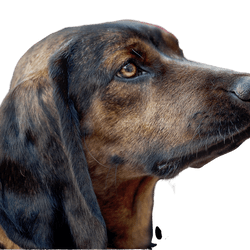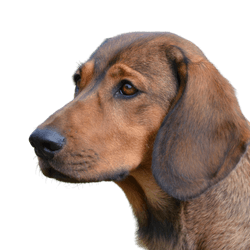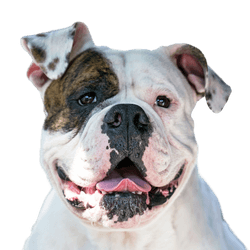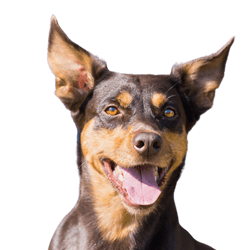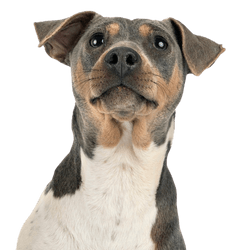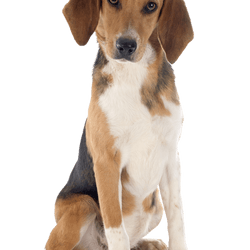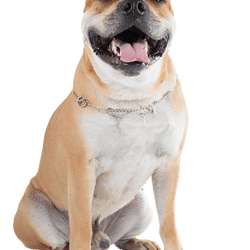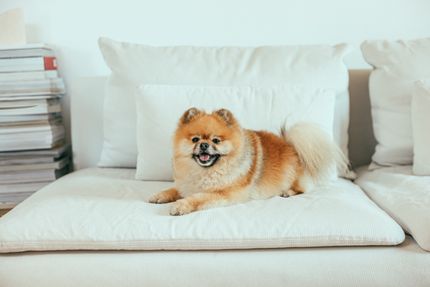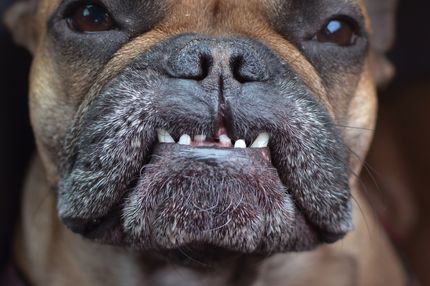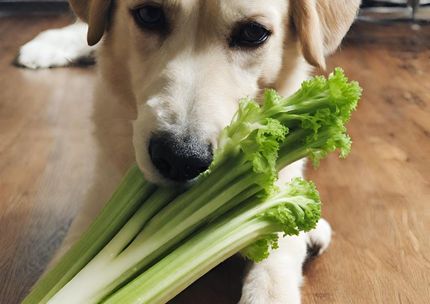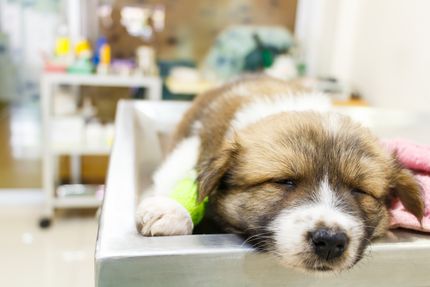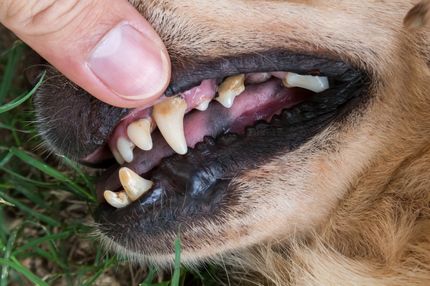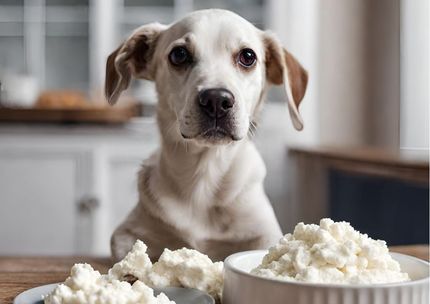Facts & Origin
Origin and history
The Barak, often referred to as the Bosnian Wirehaired Hound, is deeply rooted in the traditional hunting cultures of the Western Balkans.
- Origins: The roots of this dog can be traced back to the Middle Ages, although precise records of its origins are lacking. It is believed that its ancestors came from the Mediterranean region.
- Names: The name "Barak" comes from the Bosnian language and means "rough-haired". This refers to the dog's characteristic coat.
- Recognition: Although it has been known in its home region for centuries, the Barak was only recognized internationally in the second half of the 20th century.
Suitability of the Barak
The Barak was originally bred for hunting wild boar and other large game. Its characteristics make it an excellent working dog:
- Robustness: it was bred to work in the rough terrain of the Balkans, making it particularly resistant to harsh weather conditions.
- Sense of smell: With a keen sense of smell, it is excellent for tracking.
- Temperament: The Barak is energetic and persistent, but also loyal and affectionate. This makes him an excellent hunting dog as well as a loving family dog.
Summary
The Barak, a traditional breed from the Balkan region, is not only an efficient hunting dog, but also a loyal companion. Its history is as fascinating as its abilities, and its suitability for hunting and as a family dog makes it a special and valued breed. Its robust nature and loyal character make the Barak a true gem among dog breeds.

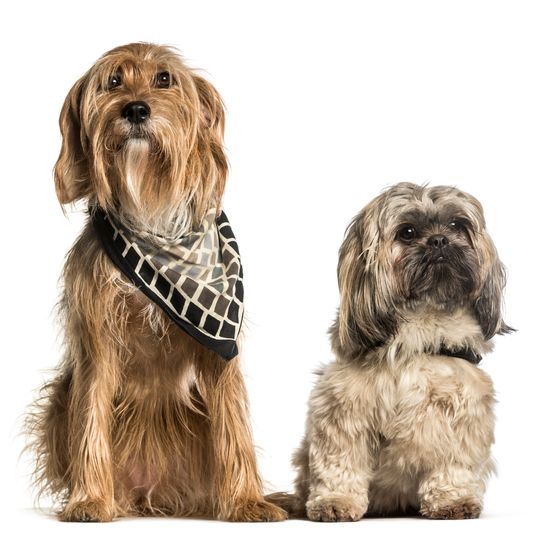
| Alternate Name | Barak, Illyrian hound |
| Origin | - |
| Life expectancy | 12 - 14 years |
| Care requirements | low-maintenance |
| Activity level | average to high |
| FCI group | Scent hounds |
| AKC group | not recognised |
| KC group | not recognised |
Attitude, character and temperament of the breed
General characteristics
The Barak, also known as the Bosnian Wirehaired Hound, is a versatile and hardy hunting dog. Its roots go back to the mountainous regions of Bosnia, where it was valued as both a hunting and guard dog.
Character traits at a glance
- Eager to work: As a running dog, the Barak has a pronounced hunting instinct. This drive makes him a fatigue-resistant and focused hunting partner.
Affectionate: Away from the hunt, the Barak is a particularly loving and affectionate companion. He forms a deep emotional bond with his family and always wants to be close to them.
Alert: With his history as a guard dog, he is always alert and has a strong need to protect his territory and his family.
Socially compatible: Despite his alertness, he is generally well socialized and gets along with other dogs as long as he has been trained early on.
Training and handling
Because of his willingness to work and intelligence, the Barak is grateful for any training. He learns quickly and needs consistent, clear instructions. It is recommended to introduce him to basic commands and socialization as a puppy.
Summary
The Barak is more than just a hunting dog. With his loving nature, watchful instinct and willingness to learn, he can be an ideal family dog. However, consistent training and clear leadership are essential to get the best out of this impressive breed.
Character
Usage
Health and breeding information
Care of the Barak
The coat of the Barak, also known as the Bosnian Wirehaired Hound, is rough-haired and weatherproof, making it ideal for use in harsh climatic conditions.
Coat care: Despite its robust coat, regular grooming is necessary. It is recommended to brush the Barak at least once a week to remove dead hair and prevent matting.
Bathing: Only if it is really necessary. Its coat contains natural oils that make it water-repellent and resistant.
Ears and eyes: These should be checked regularly for infections or foreign bodies.
Claws: They should be clipped regularly, especially if the dog does not have enough opportunities to shed them naturally.
Health of the Barak
The Barak is generally robust and hardy, but like all breeds it can be susceptible to certain diseases.
Hip dysplasia: A genetic condition found in many medium to large sized dog breeds.
Eye problems: Some lines may be prone to eye problems, so regular examinations are recommended.
Breeding the Barak
When breeding the Barak, it is important to look for healthy breeding stock with good hip scores and clear eye tests.
Breeding clubs: Prospective breeders should join recognized breeding clubs that uphold the standard of the breed and promote sound breeding practices.
Socialization: Early socialization of puppies is essential to produce a well-adjusted and sociable dog.
Final words
The care and health of the Barak requires attention and commitment, but with the right care this dog can be a long-lived and loyal companion. When breeding, the welfare of the animals should always be paramount.

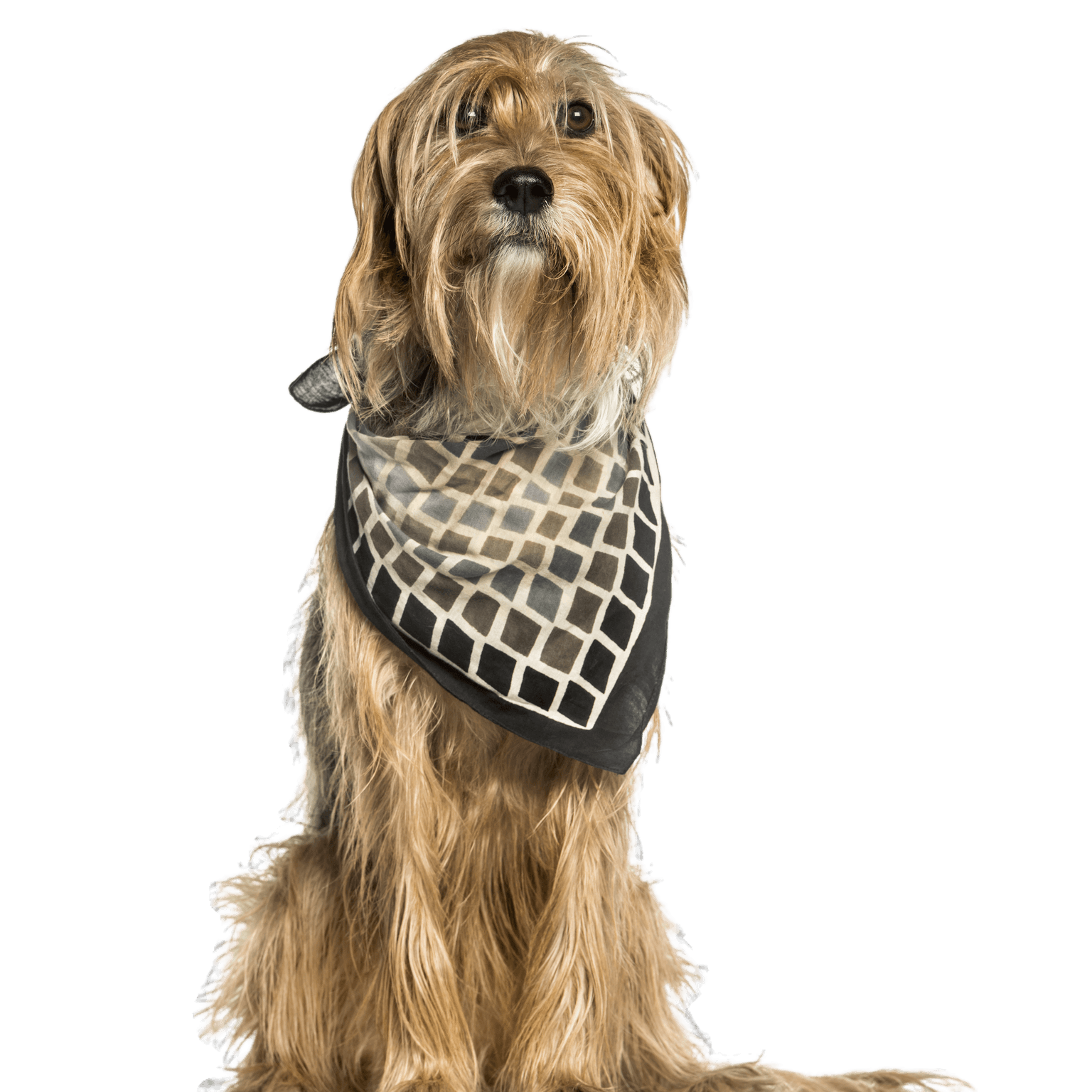
Coat of the Barak
The Barak, often referred to as the Bosnian rough-haired hound, has a distinctive rough-haired coat. It not only serves as a visual highlight, but also offers practical benefits:
- Texture: The coat is dense, rough and straight. It protects the dog from adverse weather conditions and thorny undergrowth.
- Color: They are usually found in yellow-red to red-wheat colors, often with a white mask, white star or white markings on the paws.
- Grooming: Although robust, the coat must be brushed regularly to prevent matting.
Appearance
The Barak has a strong and robust appearance:
- Head: Broad with a prominent forehead. The eyes are large and oval, while the ears are medium-sized and folded.
- Body: The body is muscular and strong, which predestines the dog for working in the field.
Size and weight
A striking feature of the Barak is its stately size:
| Gender | Height in cm | Weight in kg |
|---|---|---|
| Male | 46-58 cm | 16-27 kg |
| Female | 44-54 cm | 14-23 kg |
In conclusion
The Barak impresses not only with its unique coat and strong appearance, but also with its size and weight, which make it an outstanding working dog. However, it is important to pay attention to its specific grooming needs in order to maintain its splendid appearance.
| Fur length | medium |
| Fur | rough-haired |
| Ear shape | Floppy Ear |
| Tail | lang |
| Anatomy | rugged |
| Size ♀ | 44 - 54 cm |
| Weight ♀ | 16 - 24 kg |
| Size ♂ | 46 - 56 cm |
| Weight ♂ | 16 - 24 kg |
| Suitable For | - |


